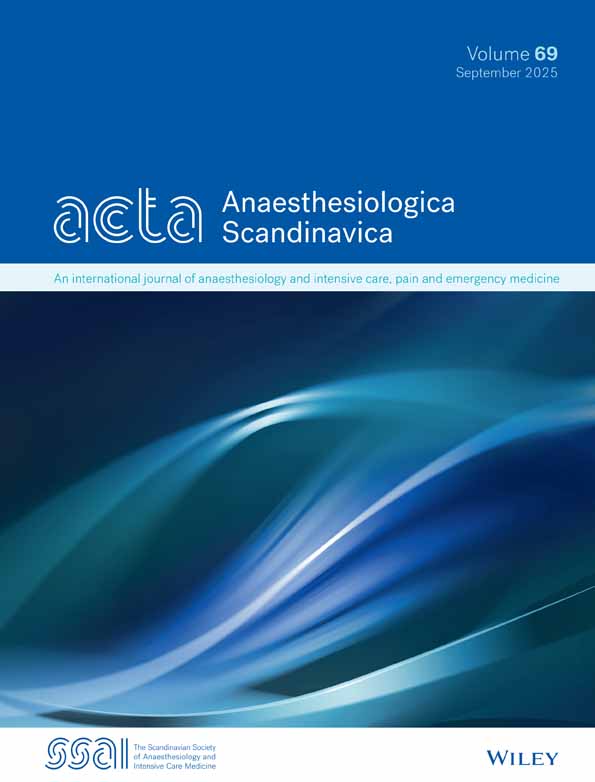Estimation of Skin Metabolism and Blood Flow with tcPo2 and tcPco2 Electrodes by Cuff Occlusion of the Circulation
Abstract
In subjects breathing 100% O2, arterial circulation was occluded proximal to transcutaneous O2 and CO2 electrodes. The linear fall of tcPo2, ΔPo2, was used to quantitate skin metabolic rate, Vo2. At 45d̀C, mean ΔPo2 was 16.8 kPa/min (127.2 mmHg/min). Multiplying by solubility, 0.0219 ml ml-1atm-1, gives skin Vo2 = 0.00366 ml 02 gm-1min-1. At 37d̀C (after vasodilation at 45d̀C), Vo2 was 0.00278. Assuming skin RQ, = 0.8, the initial ΔPco2 was used to estimate skin CO2 dissociation curve slope to be 1.48 ml gm-1atm-1. tcPco2 rose two to three times more rapidly when skin became hypoxic, suggesting anaerobic titration of skin HCO-3. After release of occlusion both electrodes yielded quasi-exponential returns to control from which blood flow was estimated to be 1.2 ml gm-1min-1 from O2 rate, and 0.3 ml gm-1min-1 from CO2. Flow was also computed from the Vo2 and the (a-v)Po2> estimated to be twice the arterial to capillary Po2 difference. Capillary Po2 (cPo2) was computed from tcPo2 by adding 30 mmHg (diffusion gradient at 45d̀C) and correcting cPo2 to 37d̀C. Flow from this (a-v)02 content difference and Vo2 averaged 0.39 ± 0.10 ml gm-1min-1 at 45d̀C in 11 runs.
Computer programs have been developed to solve four simultaneous equations after determining tcPo2 and Pao2 at high and low Po2 at two temperatures. Preliminary data in three adults gave mean blood flow values of 0.45 ml gm-1min-1. Equations also determine capillary temperature, Tc, and capillary to surface diffusion gradient, D:Tc = 0.92(Te-37) ± 37, and D = 4 kPa (30 mmHg) at 45d̀C, where Te is electrode temperature.




